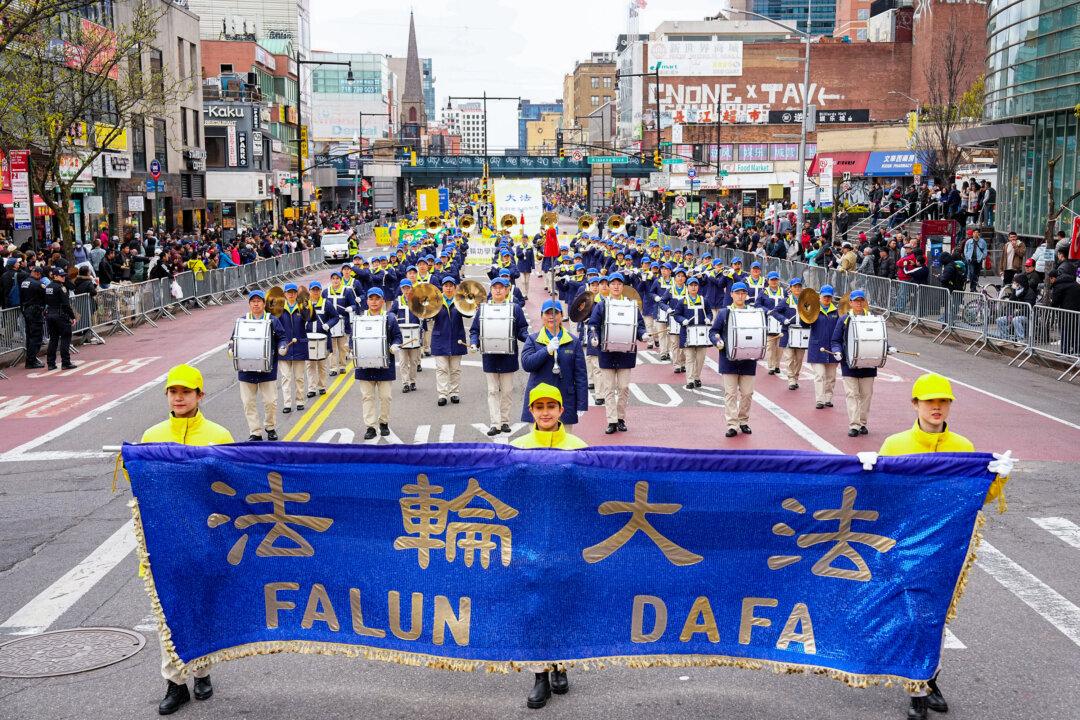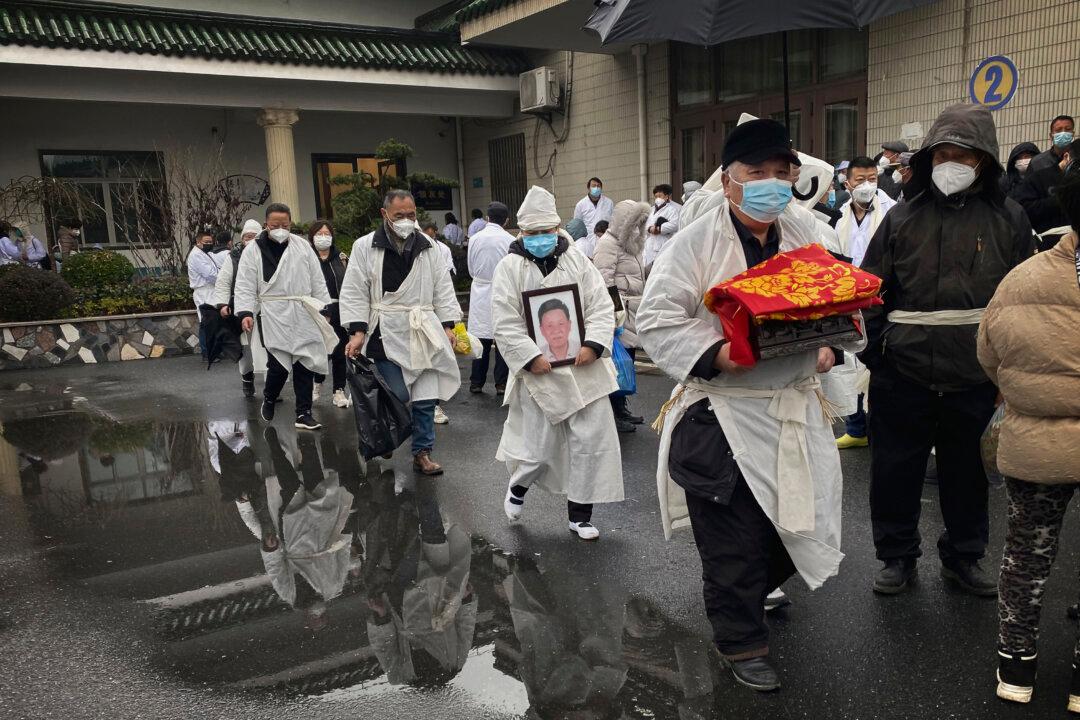The character 墨, pronounced mò, means ink, or ink stick, and consists of two parts. The upper part is the character 黑, hēi, which means black or dark. The lower part is the character 土, tǔ, which is also the radical and means earth or soil.
Together they indicate the original meaning of the character 墨, which is black mud or black dye made from burnt pine tree ashes (earth).
Ink is one of the four treasures of calligraphy—materials essential for study, along with brush, paper, and ink slab.
As a noun, the character basically means ink. It also enhances the meaning of other calligraphy-related nouns such as 墨寶 (mò bǎo), treasured scrolls of calligraphy, ink paintings, or writings and 墨跡 (mò jì), someone’s writing or painting.
The character 墨 is also used as an adjective. It can be combined with other characters to indicate something is dark, such as in 墨緑 (mòlǜ), dark green, and 墨黑 (mòhēi), pitch black.
As in other cultures, the color black can imply something is bad or negative.
There is a Chinese saying from ancient times that serves as a caution about determining one’s moral character. The warning “近朱者赤,近墨者黑” ((jìn zhū zhě chì, jìn mò zhě hēi) ) literally means that the ones close to red will be red (or sincere), and the ones close to ink will be black.
It means that if someone is close to a good influence or role model, they will be good, and if someone is exposed or close to a bad influence, they will be dragged down to be bad as well.



